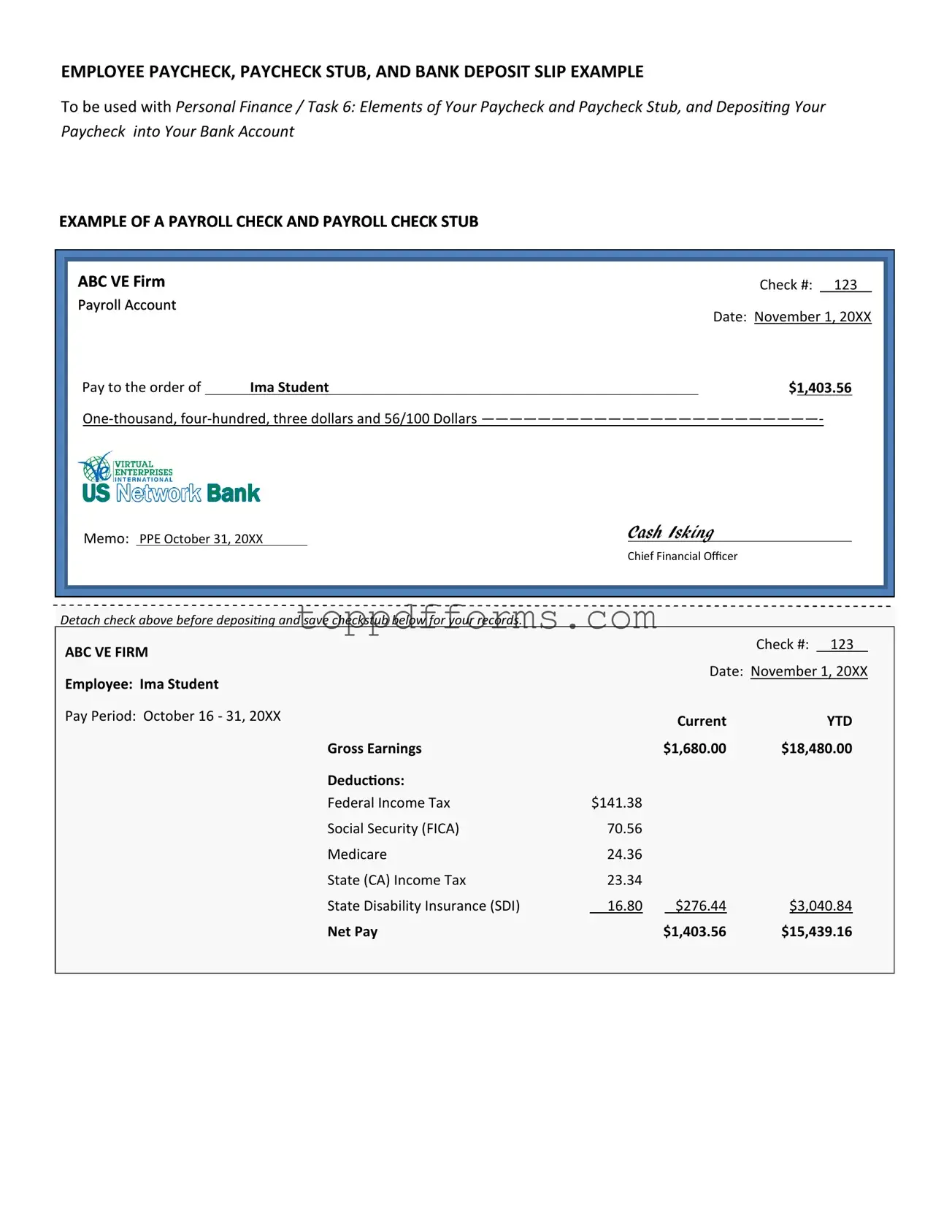What is the Payroll Check form?
The Payroll Check form is a document used by employers to issue payments to employees for their work. It outlines the amount earned, deductions, and the net pay that the employee will receive. This form ensures that employees are compensated accurately and on time.
Who needs to fill out the Payroll Check form?
Typically, the Payroll Check form is filled out by the payroll department or the designated personnel responsible for processing employee payments. Employees do not fill out this form; however, they may need to provide information for tax withholding and direct deposit preferences.
What information is required on the Payroll Check form?
The form generally requires several key pieces of information, including the employee's name, employee identification number, pay period dates, gross pay, deductions (such as taxes and benefits), and net pay. Accurate information is crucial to ensure correct payment and compliance with tax regulations.
How often is the Payroll Check form issued?
The frequency of issuing the Payroll Check form depends on the company's payroll schedule. Common intervals include weekly, bi-weekly, or monthly. Employers typically establish a consistent schedule to help employees anticipate when they will receive their paychecks.
What should I do if I notice an error on my Payroll Check?
If an employee notices an error on their Payroll Check, they should report it to the payroll department immediately. It's important to provide details about the discrepancy, such as incorrect pay amounts or missing deductions. Prompt reporting can help resolve the issue quickly and ensure the employee receives the correct payment.
Can I receive my pay via direct deposit instead of a physical check?
Yes, many employers offer direct deposit as an option for receiving pay. Employees can typically indicate their preference for direct deposit on the Payroll Check form or through a separate direct deposit authorization form. This method is often faster and more secure than receiving a physical check.
How long should I keep my Payroll Check records?
Employees should keep their Payroll Check records for at least three years. This timeframe aligns with IRS guidelines for retaining tax documents. Keeping these records can help in case of discrepancies, tax preparation, or verification of income when applying for loans or other financial services.
